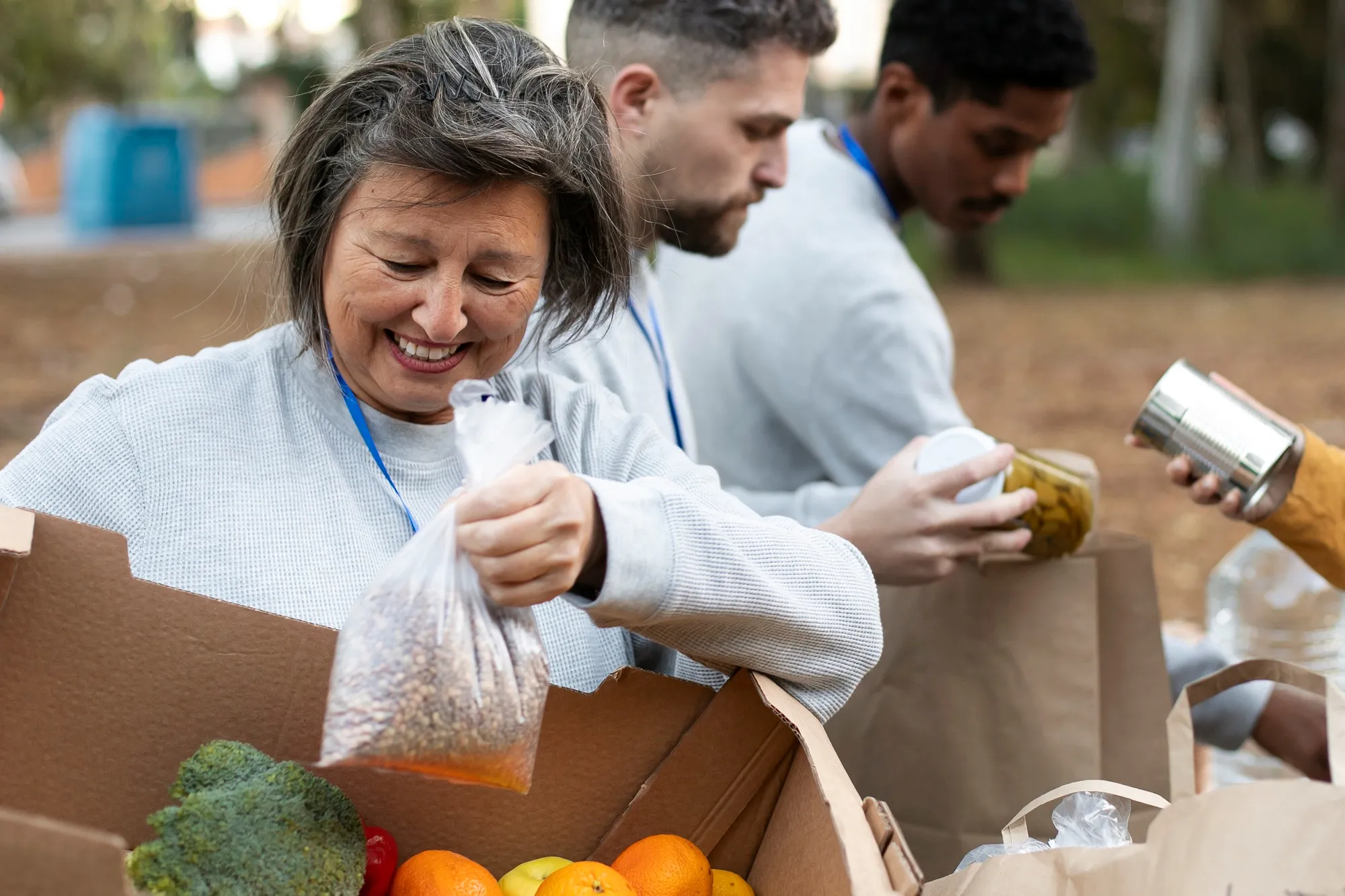The 2016 Kumamoto earthquakes caused widespread devastation in Japan, compelling urgent public health responses. This article reviews the efforts of the Mifune Public Health Center (MPHC) in Kumamoto Prefecture, focusing on their infection control, food poisoning prevention, and management of nutrition and daily meals for disaster victims. Drawing from a key study published in “Nihon Koshu Eisei Zasshi”, the Japanese Journal of Public Health (DOI: 10.11236/jph.66.4_190), we elaborate on the innovative strategies and interventions implemented by the MPHC. The analysis highlights the effectiveness of community health centers in disasters and the importance of comprehensive public health planning.
Keywords
1. Kumamoto Earthquake
2. Public Health Response
3. Infection Control
4. Food Poisoning Prevention
5. Disaster Nutrition Management
Introduction
On the 16th of April 2016, the Kumamoto Prefecture in Japan was struck by a powerful earthquake, followed by several aftershocks, leading to significant loss of life, injuries, and property destruction. In the wake of this natural disaster, the Mifune Public Health Center (MPHC) sprang into action, providing critical support to the earthquake victims. Here we explore the study published on June 17, 2019, in the trusted “Nihon Koshu Eisei Zasshi”, a peer-reviewed Japanese journal of public health, chronicling the MPHC’s activities. This informative resource by Okura Kasumi, Fukuda Kanae, Okada Kentaro, Komiya Satoshi, Tsurugi Yoko, Ueno Reiko, Ogata Tamayo, and Sato Aya serves as an essential case study for disaster management protocol.
Background
Natural disasters like earthquakes pose significant threats to public health, including increased risks of communicable diseases, mental health issues, and the disruption of basic services like nutrition and sanitation (Guha-Sapir et al., 2016). In such scenarios, community health centers become pivotal in providing much-needed care and services to affected populations.
MPHC’s Public Health Response
The MPHC’s response to the Kumamoto earthquakes was multifaceted, with a chief focus on infection control, food poisoning prevention, and nutrition and meal management.
Infection Control
In the chaos following a disaster, the risk of communicable diseases rises due to population displacement, water and sanitation challenges, and overcrowded living conditions. The MPHC implemented several key measures to control the spread of infectious diseases, such as:
1. Setting up sanitation facilities and distributing hygiene kits to prevent infections.
2. Conducting health and hygiene education sessions.
3. Monitoring and prompt response to potential outbreaks.
Food Poisoning Prevention
Food safety is a significant concern after earthquakes due to disruption in supply chains, lack of refrigeration, and possible contamination. The MPHC’s strategies in this area included:
1. Inspecting and certifying food distribution centers.
2. Educating community members on safe food preparation and storage practices.
3. Providing support to food suppliers to maintain high standards of hygiene.
Nutrition and Daily Meals
Disasters can severely impact the nutritional status of victims, especially vulnerable groups like children, pregnant women, and the elderly. The MPHC’s nutrition interventions consisted of:
1. Assessing the nutritional needs of the affected population.
2. Supplying balanced meal kits and fortified foods.
3. Offering nutrition-related guidance and support for special dietary needs.
Challenges
While the MPHC’s interventions were largely successful, there were challenges:
1. Ensuring the continuous supply of resources amidst disrupted logistics.
2. Adapting to the evolving needs of the population during different disaster phases.
3. Maintaining communication and coordination with other agencies and volunteers.
Outcomes
Despite these challenges, the MPHC’s efforts were effective in minimizing public health risks in the aftermath of the earthquakes. The study documents fewer instances of communicable diseases than expected and successful prevention of widespread foodborne illnesses.
Discussion
The MPHC’s experience underscores the critical role played by community health centers in disaster response. As argued by Aitsi-Selmi et al. (2015), local health institutions are often the first to react and have the best knowledge of the community’s needs.
Recommendations
For future disaster preparedness, several recommendations include:
1. Strengthening local health services’ capacity for emergency response.
2. Developing comprehensive disaster management plans integrating public health measures.
3. Establishing partnerships with local and international organizations for resource support in times of crisis.
Conclusion
The collaborative and proactive approach of the Mifune Public Health Center sets a benchmark for effective public health disaster response. As highlighted in the referenced study (DOI: 10.11236/jph.66.4_190), MPHC’s initiatives played a critical role in maintaining the health and well-being of Kumamoto’s earthquake victims. It is essential to document and learn from such grounded experiences to enhance disaster preparedness and public health policies globally.
References
1. Guha-Sapir, D., Hoyois, Ph., & Below, R. (2016). Annual Disaster Statistical Review 2015: The numbers and trends. CRED.
2. Aitsi-Selmi, A., Murray, V., Wannous, C., Dickinson, C., Johnston, D., Kawasaki, A., … Yeung, T. (2015). Reflections on a science and technology agenda for 21st century disaster risk reduction. International Journal of Disaster Risk Science, 6(1), 1-29. DOI: 10.1007/s13753-015-0044-4
3. Okura Kasumi, Fukuda Kanae, Okada Kentaro, Komiya Satoshi, Tsurugi Yoko, Ueno Reiko, Ogata Tamayo, Sato Aya. (2019). Activities to support victims of the Kumamoto earthquakes by the Mifune Public Health Center in the Kumamoto prefecture: Infection control, prevention of food poisoning, and management of nutrition and daily meals. Nihon Koshu Eisei Zasshi, 66(4), 190-200. DOI: 10.11236/jph.66.4_190
4. Phibbs, S., Kenney, C., Severinsen, C., Mitchell, J., & Hughes, R. (2016). Synergising Public Health Concepts with the Sendai Framework for Disaster Risk Reduction: A Conceptual Glossary. International Journal of Environmental Research and Public Health, 13(12), 1241. DOI: 10.3390/ijerph13121241
5. United Nations Office for Disaster Risk Reduction (UNISDR). (2015). Sendai Framework for Disaster Risk Reduction 2015-2030. United Nations.
